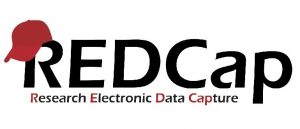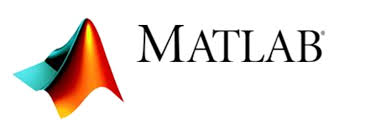 SU Research Support Services are pleased to announce the launch of Stellenbosch University’s Research Electronic Data Capture (REDCap) service. REDCap is a secure web application for building and managing online surveys and databases and can be configured to meet compliance standards such as HIPAA, 21 CFR Part 11, and FISMA.
SU Research Support Services are pleased to announce the launch of Stellenbosch University’s Research Electronic Data Capture (REDCap) service. REDCap is a secure web application for building and managing online surveys and databases and can be configured to meet compliance standards such as HIPAA, 21 CFR Part 11, and FISMA.
REDCap is a tool for capturing confidential information. This requires planned and careful management in order to protect the participant’s personal data. For data security purposes, exporting of data from the platform is discouraged, but if necessary, security and confidentiality will depend on correct tagging of identifier fields in the data dictionary and correct assigning of user rights for export by the Data Manager.
Ethics approval is required from an appropriate Stellenbosch University REC if working with humans, human material (such as blood or tissue) or their data, including secondary use of such materials (this is defined as the reuse in a new project of previously collected data or material). Please contact your local ethics office if you have not yet applied for ethics clearance. The application will include questions related to how you manage, store and use data, including data entered into REDCap. It may also require that you submit the data dictionary and an assigned roles list. Particular attention should be paid to which identifiers you intend to collect and how you will maintain confidentiality if exporting identifiable data.
Adequate and appropriate consent is an essential requisite of REC approval. If you are collecting and storing personal identifiers, it must be reflected in the consent form. If you intend to share or reuse data or material, it must be consented to when the data or material is collected, otherwise, it cannot be used or shared in future research projects.
To access this service, register on redcap.sun.ac.za with your active SU username and password. As part of the registration process, you will receive an email verification request. This auto-generated email will include instructions on how to set up Google Authenticator. For security reasons, Google Authenticator must be used with REDCap to ensure multi-factor authentication.
A training instance of REDCap is also available on redcaptest.sun.ac.za, where you can explore REDCap functionality and present training sessions. ‘Real’ data may not be captured in the training environment. Google Authenticator has to be set up separately for the training environment and the live environment.
SU does not provide institutional support for the day-to-day operational use of REDCap. It is a researcher’s responsibility to familiarise themselves with the software, however, embedded video guidance and numerous FAQs are available online. SU-specific guidelines are available here. For fee-based REDCap advanced support, contact redcap@sun.ac.za. For technical support (i.e. access-related or system errors), contact help@sun.ac.za.
A REDCap mobile app is also available and can be used on iPhone, iPad, or Android phone or tablet. The REDCap Mobile App adds a new dimension to REDCap’s versatility by providing users with a tool for offline data collection, particularly in environments with poor Internet connectivity. The devices (tablet or phone) must be secured. REDCap Mobile App users must report any stolen tablets or phones to SU IT and the SU REDCap Administrators.



 Today,
Today, 
